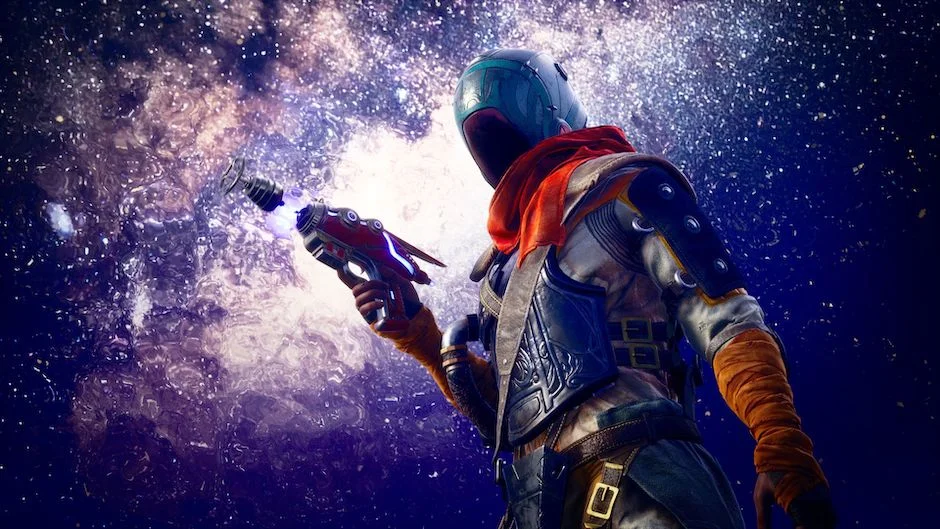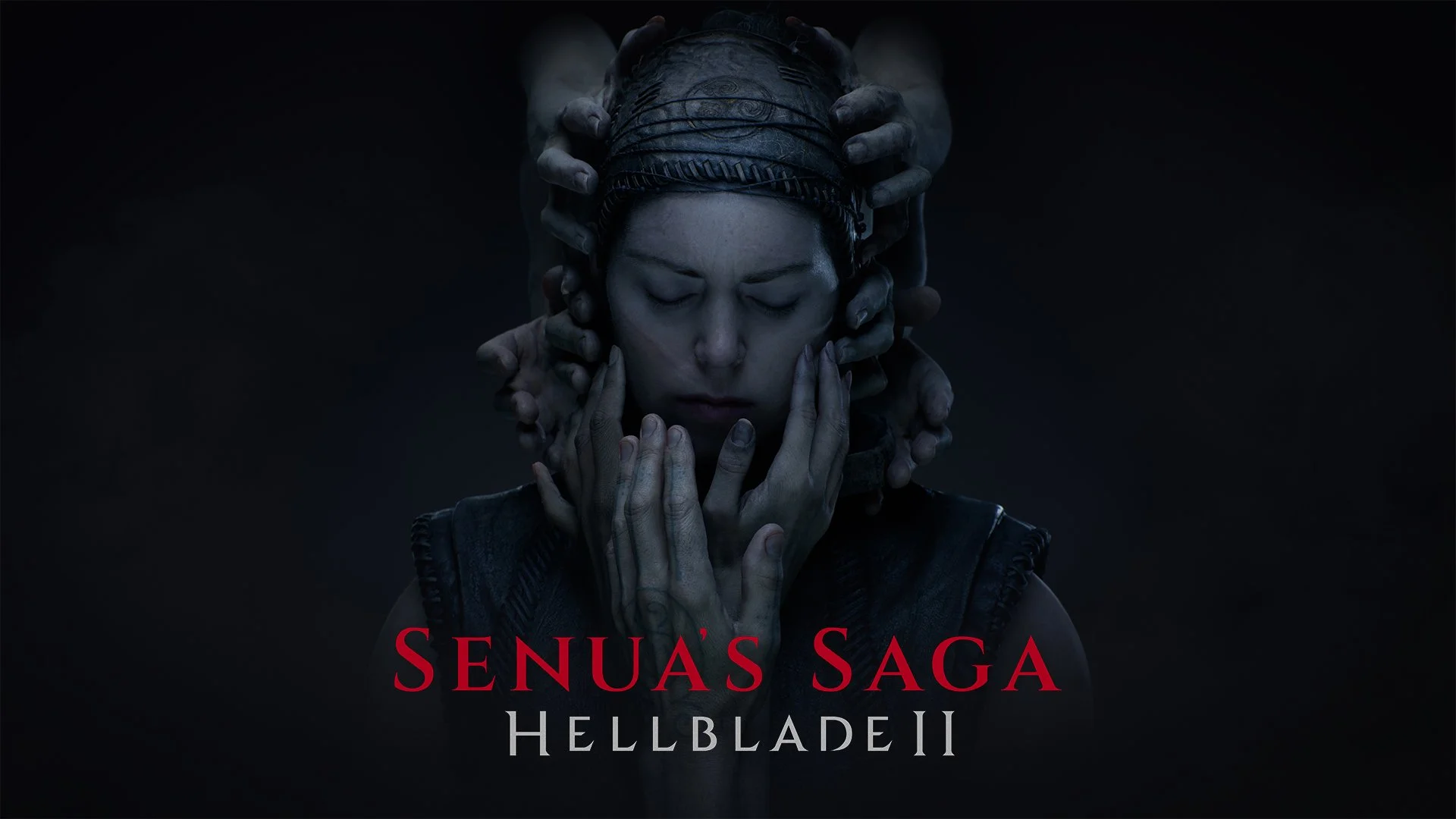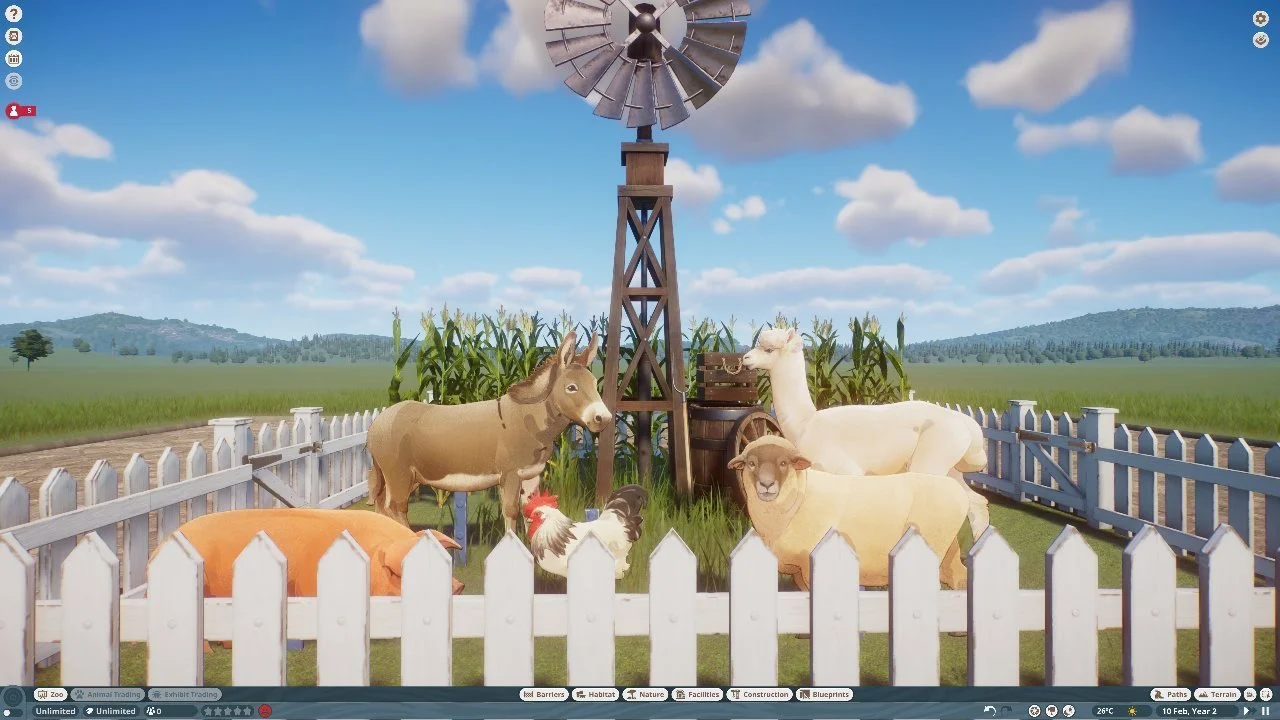Xbox One code provided by Obsidian Entertainment
The Outer Worlds (affiliate link) is a planet-hopping RPG that carves out its own space (wink) in the genre. Finding a middle road between the best of the Fallout series and the Mass Effect trilogy, the newest title from Obsidian Entertainment elevates an unassuming colonist to the role of a ship captain, with the purpose of restoring hope to the Halcyon colony. At least, that’s one path to take. So much freedom exists in The Outer Worlds. The dialogue choices, the well-designed companions that lend humor and assistance throughout your journey, and the decisions a player makes during quests. You can strive for the reverence of the disparate factions across the solar system or you can wreak havoc upon the corporate lackeys that populate the worlds. Obsidian wants you to decide. And that’s the best part.
STORY
Phineas Welles, a wanted criminal and a brilliant scientist, breaks into a dormant spaceship in which colonists are frozen in cryostasis. Chased by the colonial government known as the Board, he only has time to rescue one colonist and revive them. That colonist could be a low-level bureaucrat, a research assistant, a janitor, or one of the other uninspiring professions that serve as the colorful background of the adventure. However, locked away inside the unassuming shell of a human is the potential to change the fate of the solar system. For better or worse.
In his orbital lab, Phineas shares his plans for the restoration of the Hope spaceship and the scientific breakthrough that will revive all of the colonists so that they can positively affect the future of Halcyon. And the first mission for the disoriented protagonist will be to rendezvous with Captain Hawthorne of the Unreliable. With that, players will embark on a journey through the stars that will take them to space stations, colonial outposts, corporate settlements, satellites, and the marauding camps of outlaws. But you’re not alone. Along the way, six different companions will join the crew.
Destiny awaits and the Halcyon colony will never be the same.
GAMEPLAY
Character progression will influence how to play the game. Skills will affect proficiency with melee and ranged weapons, as well as technical expertise, conversational opportunities, and rapport with companions. Perks grant permanent enhancements that can alter combat maneuvers, inventory management, companion abilities. Similar to any Fallout game, this system encourages experimentation.
Flaws are a new feature introduced during The Outer Worlds. Based on encounters in-game, players will occasionally have the chance to accept a permanent negative attribute in return for an additional perk outside of normal leveling. For example, I was a robophobic adventurer with a permanent concussion during my playthrough. So, I got scared when fighting mechanicals, and I also endured deficits in all of my mental traits. It’s a trade that I never felt paid off, but I’m interested to see how Obsidian further develops the idea. Playing an RPG where the protagonist suffers from debilitating side-effects while also developing strengths could be an exciting concept.
The Outer Worlds is not an open-world game. Not fully. Obsidian has designed world-building on a fragmented scale. Each planet has one or more sectors that serve as colonial outposts or are independent settlements. Travel between these zones requires a spaceship. The ship serves as a form of fast travel, but it also provides the opportunity to learn more about your crew members and to manage your gear.
When on a planet or in a space station, one can alternate between ordinary traversal and fast travel. The ability to determine how to navigate the space is freeing, and it alleviates any frustration when moving between locations for the completion of quests. And the separation of land, people, and quests onto different planets means that The Outer Worlds doesn’t feel as restricted as it could if it were all in one place. Because the path of many quests—retrieval, removal, or persuasion—can be quite linear from a spatial perspective. How those quests are completed is another matter, however.
Obsidian encourages players to define their own experiences. Can’t be bothered with infiltration, subterfuge, and stealth play? Then shoot the problem until it goes away. Want to don a disguise and quickly walk through a restricted area? Go ahead. Or just lie, flatter, and threaten through any obstacle. The Outer Worlds offers all of these routes. And picking which one to follow is a delight.
Combat functions similar to Fallout, but the V.A.T.S. system has been replaced with an unexpected biological symptom of leaving cryostasis that empowers the protagonist with time dilation. Very science-y and not something to think about for too long. The part that matters is the ability to slow down time to achieve the perfect first shot. Alternatively, one can take a second to figure out what limb to sever next.
Modifying and improving weapons, along with the time dilation, make combat a breeze, and that will either excite or annoy players depending on preference. Weapons can be enhanced with energy types to target the creatures, humans, and mechanicals that populate the worlds. That can be explored as little or as much as desired.
With any large RPG, there are some strange moments when the dialog, the physics engine, and character animation deviate in amusing ways, and The Outer Worlds is not immune to that. There were times when marauders were vaporizing into dust from a plasma shot and still talking. Other times when bodies couldn’t be looted after the corpses’ inventory screen disappeared. Small mishaps like this occur, but the overall charm and function of the game overwhelms these instances.
The biggest triumph here is the dialog. Obsidian has crafted so many characters and so many interactions that allow the player to decide what to say. Quests and ordinary conversations are all memorable as the excellent writing transforms into acerbic retorts and sly remarks. Truly a pleasure to experience.
VISUALS
While not as commanding as other games that display cutting-edge graphics, The Outer Worlds is still pretty to look at. The exotic worlds of the Halcyon colony are vibrant. Purple trees, derelict settlements, massive rock structures. There is so much variety, and exploration is rewarding. Each planet has distinct qualities that build atmosphere and personality. The character animation, the weapons, and the other components of the game all create an environment that feels polished. It won’t blow your mind, but The Outer Worlds plays like a premium game.
REPLAYABILITY
Obsidian isn’t messing around here. This is an RPG adventure with dozens of hours to be played. The skills and perks system—and the well-designed crew of companions—means that one playthrough can be entirely different from another. Getting lost in The Outer Worlds will be a joyride that you won’t regret.
WHAT IT COULD HAVE DONE BETTER
It would be interesting to see an expanded universe where each planet was an open-world design. That would require an enormous commitment on the development from Obsidian, but The Outer Worlds has the foundation for a fantastic new direction in the RPG genre.
VERDICT
The Outer Worlds (affiliate link) is one of the best games that Obsidian has ever made, and it will impress just about any gamer. You may wonder if this is for you. It is. It’s an immensely likable game in a solar system that deserves hours of attention. Pick it up. You won’t be disappointed.























